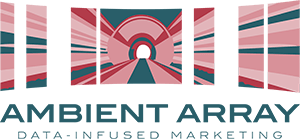In today’s digital marketing landscape, businesses are constantly seeking innovative ways to connect with their target audience. Geofencing has emerged as a powerful tool that allows companies to create virtual boundaries around specific geographic areas and engage with potential customers when they enter these zones. Let’s explore how businesses are leveraging this technology to drive remarkable results.
What is Geofencing, in a Nutshell?
Geofencing creates invisible perimeters around specific locations, enabling businesses to trigger targeted marketing actions when mobile devices enter or exit these areas. This technology combines GPS, RFID, Wi-Fi, or cellular data to establish these virtual boundaries, offering unprecedented precision in location-based marketing.
Use Case #1: Target Competitors’ Buildings
Forward-thinking companies have found success by setting up geofences around their competitors’ locations. For instance, a luxury car dealership implemented geofencing around competing dealerships, delivering compelling offers to potential customers browsing their competitors’ showrooms. This strategy resulted in a 20% increase in test drive appointments, as interested buyers received timely, relevant messages about superior financing options and exclusive deals.
Use Case #2: Target Ideal Client Companies’ Buildings
B2B companies have discovered the power of geofencing office buildings where their ideal clients work. A software company specializing in HR solutions deployed geofences around corporate offices housing large HR departments. By serving targeted ads to devices within these zones, they could reach decision-makers during their workday. This approach led to higher-quality leads and shorter sales cycles, as their marketing messages reached the right people in a professional context.
Use Case #3: Target Trade Shows and Other Events
Event-based geofencing has proven particularly effective for companies looking to maximize their presence at industry gatherings. A marketing technology firm implemented geofences around major marketing conferences, even when they weren’t exhibiting. They delivered valuable content and special offers to attendees, resulting in a 45% increase in qualified leads compared to traditional event marketing methods.
The Importance of Tracking and Metrics for Campaign Success
Successful geofencing campaigns rely heavily on robust tracking and analytics. Companies that excel in this space consistently monitor key metrics such as:
- Dwell time within geofenced areas
- Conversion rates for different locations
- Ad engagement rates by time of day
- Return on ad spend (ROAS) per location
These insights enable businesses to refine their targeting, adjust their messaging, and optimize their campaign performance continuously. A retail chain found that by analyzing dwell time patterns, they could adjust their ad delivery timing to coincide with peak engagement periods, improving conversion rates by 35%.
Run Ads Consistently Throughout the Year for Maximum Effectiveness
The most successful geofencing practitioners maintain consistent, year-round campaigns rather than relying on sporadic efforts. This approach allows them to:
- Build brand awareness over time
- Gather comprehensive data across seasons
- Identify and capitalize on patterns in customer behavior
- Maintain steady lead generation
A restaurant group discovered that maintaining consistent geofencing campaigns, even during traditionally slower periods, helped stabilize their customer flow and provided valuable insights for future marketing initiatives.
Geofencing has proven to be more than just a marketing buzzword – it’s a powerful tool that, when used strategically, can deliver impressive results across various industries. The key to success lies in precise targeting, consistent implementation, and rigorous monitoring of performance metrics. As technology continues to evolve, businesses that master geofencing will have a significant advantage in connecting with their target audience at the right place and time.
The most successful implementations share common elements: clearly defined objectives, precise geographic targeting, compelling offers, and robust tracking systems. By following these proven strategies and maintaining consistent campaigns, businesses can leverage geofencing to create meaningful connections with their audience and drive tangible results.
***
## To get a #ProfessionalGradeMarketing team working for you, contact Ambient Array today.


